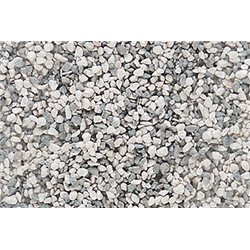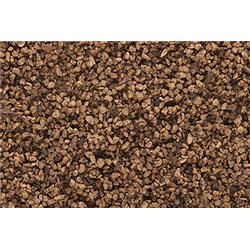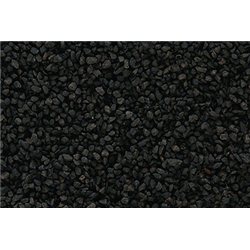Mainline Railways was a British model railway brand that operated between 1976 and 1983, introduced by Palitoy, the...
No products
Product successfully added to your shopping cart
There are 0 items in your cart. There is 1 item in your cart.
Search Tips
What colour is ballast?
On the real railway line, the ballast would have come from a local quarry so the colour would reflect this. The colour will mostly epend on the type of stone common ones are limestone and granite, with colours varying from white to grey and brown.
The colour will also vary over time. Ballast that was laid a long time ago will be heavily weathered while freshly laid ballast will be more vibrant.
Some railways has specific customs such as the use of ash cinders (which would be black) in the NER region.
So as always, make sure you study the prototype if you want to be accurate.
Obviously, if you are just building a railway with no specific region in mind then the choice of colour is yours.
Click here to receive the tips weekly in your mailbox. You can unsubscribe at any time.










